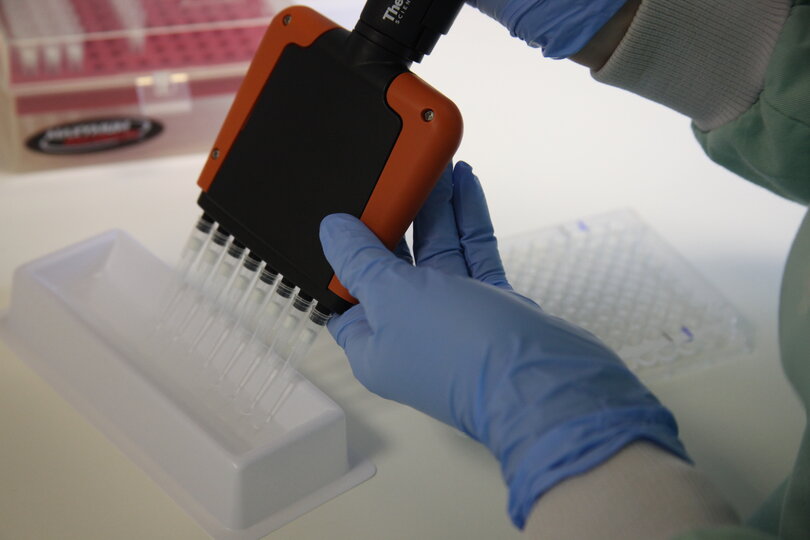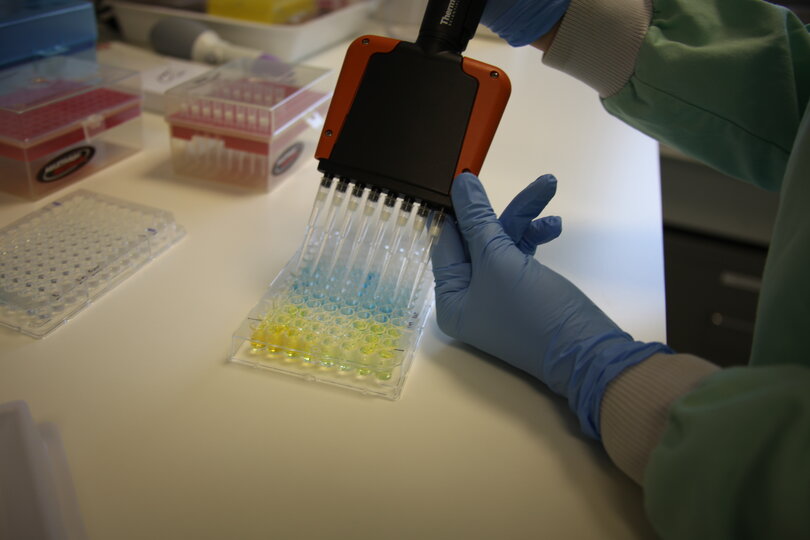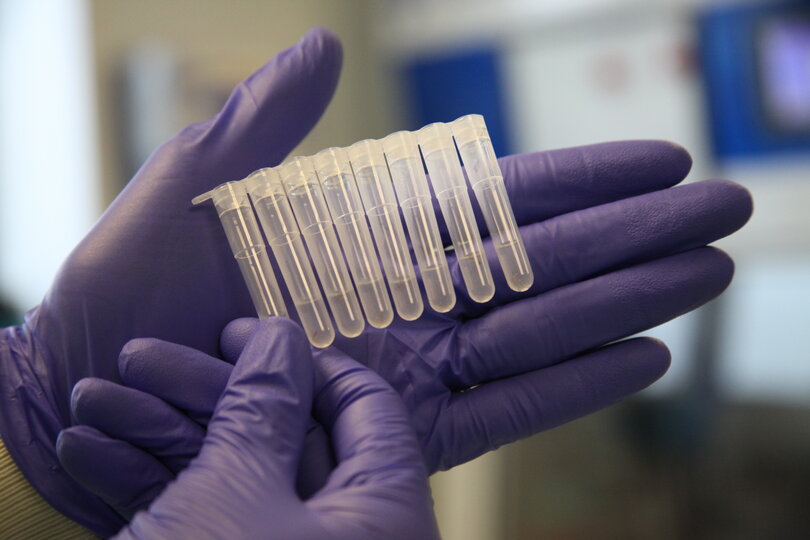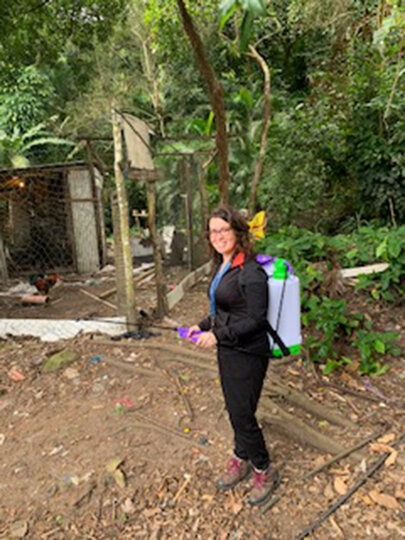Cracking sandfly dispersal with eggs: adaptation of an immunomarking technique for use with phlebotomine sandflies
The dispersal of hematophagous arthropods is a key factor determining the spread of the pathogens that they transmit. Traditional capture-mark-recapture studies of dispersal require that the marking technique has limited impact on the dispersal behaviour and survival of the individual. Phlebotomine sandflies and Culicoides are therefore challenging subjects, due to their small size, fragility and local abundance.
An immunomarking technique was successfully used to quantify the dispersal of Palaearctic Culicoides. By marking individuals with food-based proteins as they emerge or move through the habitat prior to capture, the immunomarking technique can address some of the limitations of capture-mark-recapture. The technique uses a sensitive ELISA that requires non-specialist equipment.
We will validate an immunomarking technique developed for Culicoides to study sandfly dispersal ecology. We will transfer the technique across vector groups using colony-derived insects and field studies in Brazil targeting Lutzomyia vectors of Leishmania.
We hypothesise that due to the similarities in the biology of Culicoides and sandflies, the immunomarking technique can be adapted for use with the main South American Lutzomyia vectors to quantify their dispersal behaviour. Standardisation of immunomarking for sandflies will facilitate studies at different spatial scales and habitats to examine flight behaviour, resting and breeding sites.
Gnatwork 2021
Dr Chris Sanders presented the outputs of the project to date at the Gnatwork 2021 conference on the 24th May.








